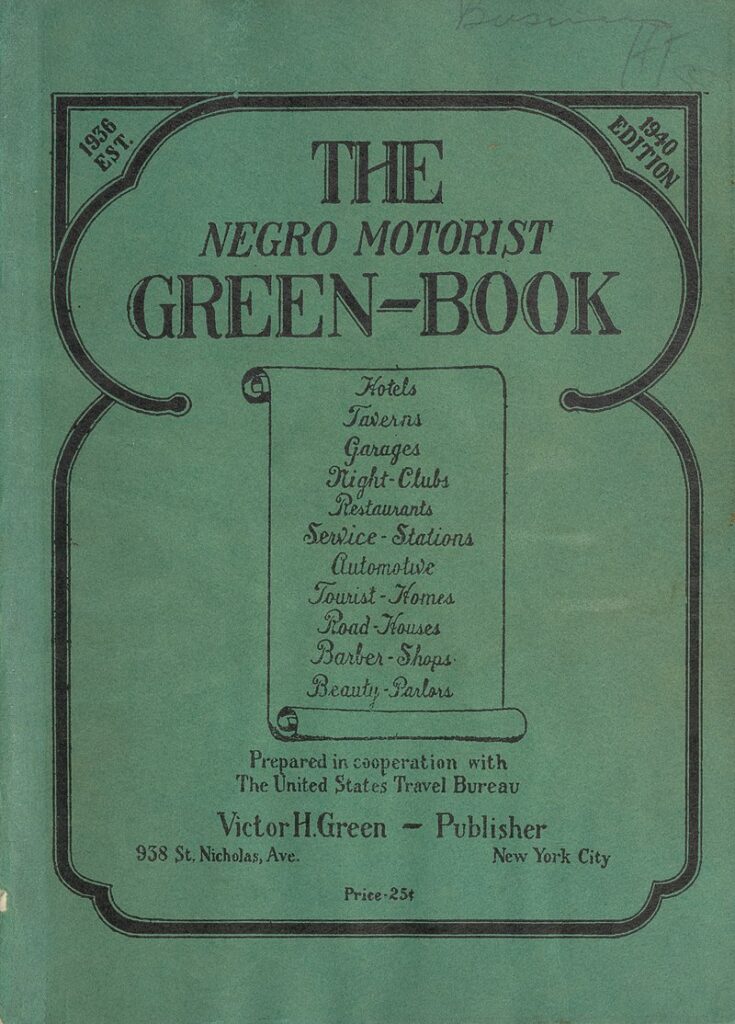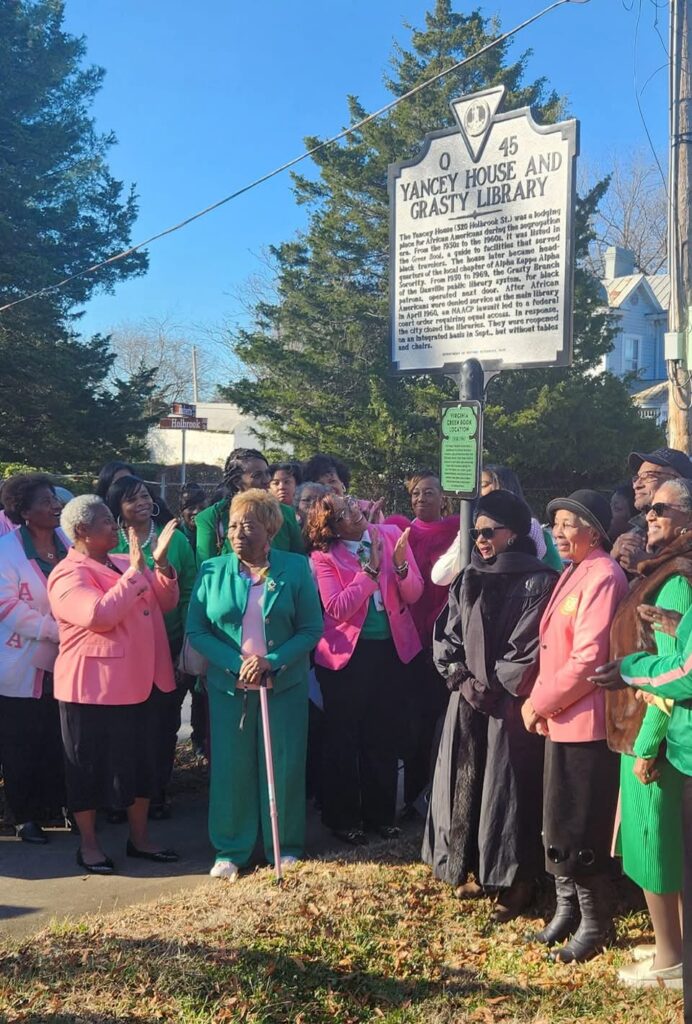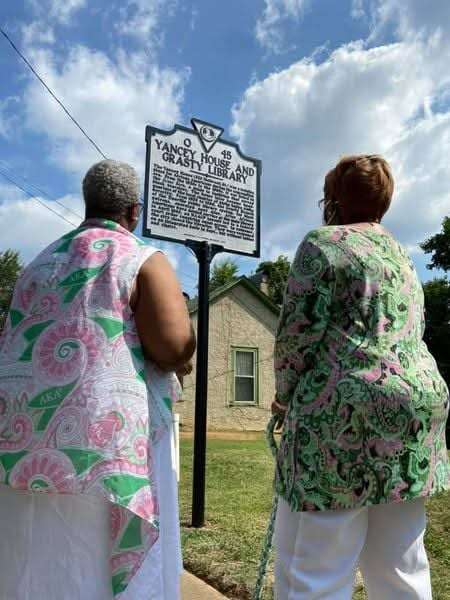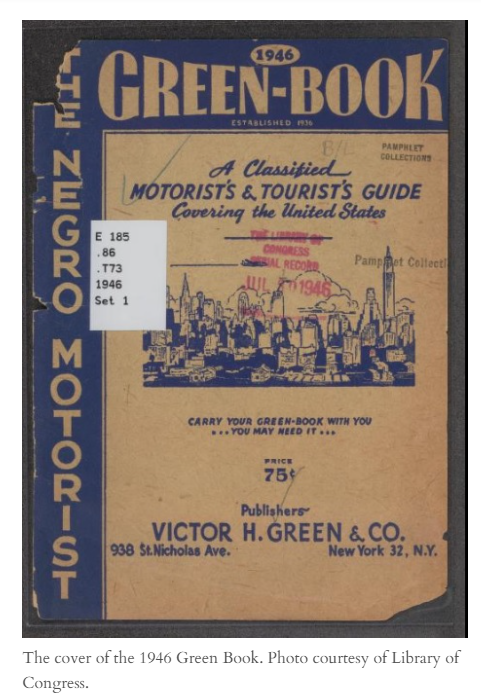Green Book Significance
During the era of racial segregation in the United States, African Americans often faced tremendous challenges while traveling. “The Negro Motorist Green Book,” commonly referred to as the Green Book, was created to help Black travelers find lodging, restaurants, gas stations, and other establishments where they could expect fair treatment. This guide, first published in 1936 by Victor Hugo Green, became an essential resource for those seeking refuge from discrimination on the open road.




The guide underscored the harsh realities of racial discrimination, helping galvanize support for civil rights legislation.
While the Green Book ceased publication in 1967, its legacy inspired new travel resources and directories, as well as ongoing research into African American social history.
Today, the Green Book is celebrated for its powerful role in countering systemic injustice, demonstrating how grassroots solutions empowered marginalized communities.


Long after its final publication, the Green Book remains a powerful symbol of self-determination, resilience, and the pursuit of freedom. The Mary Brandon Yancey House stands as a living testament to how one community—through warmth and unwavering hospitality—could make the American landscape a safer and more inclusive place for Black travelers.
We invite you to explore further, reflect on this chapter of American history, and help ensure that the lessons of the Green Book are never forgotten.